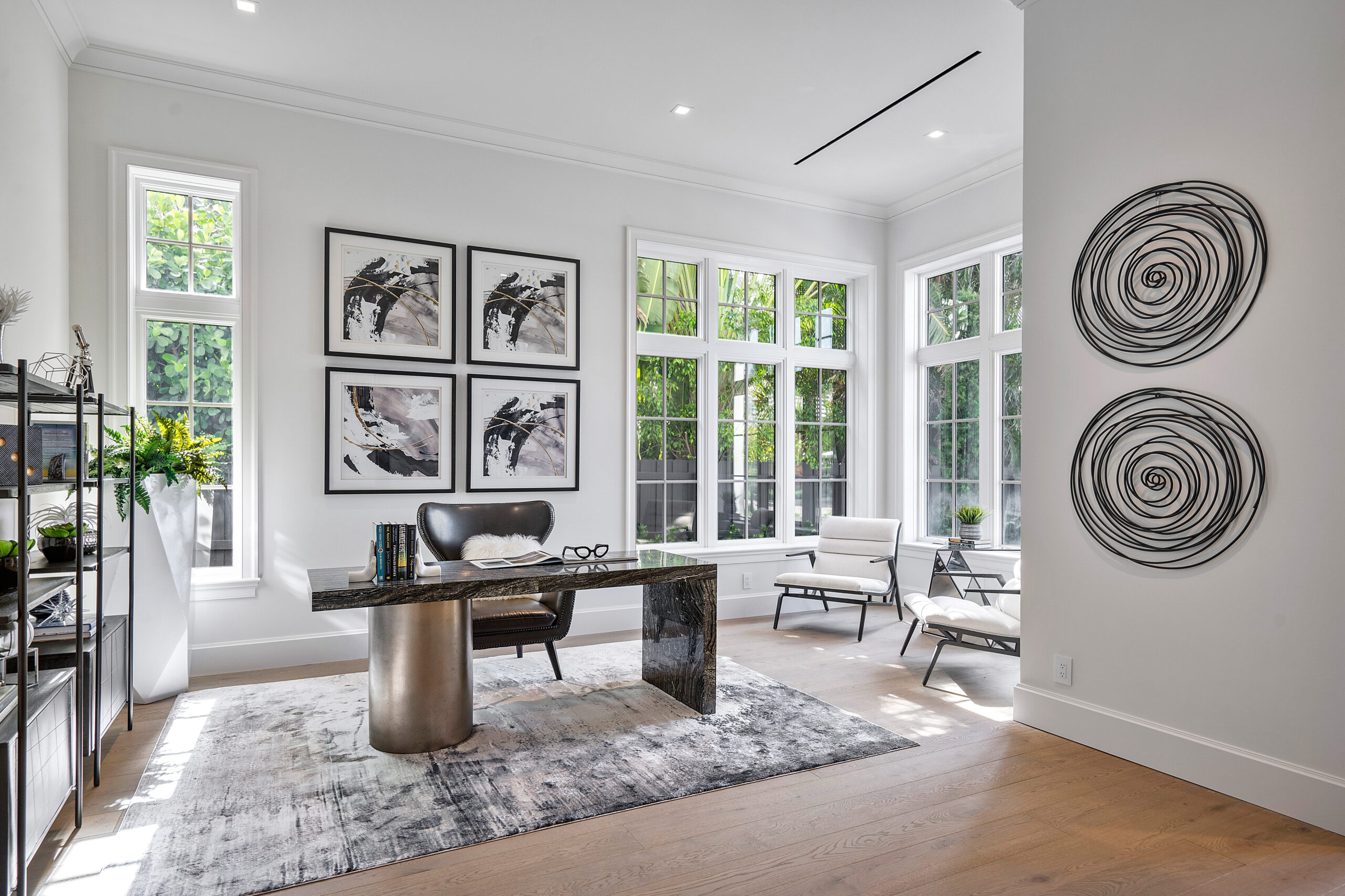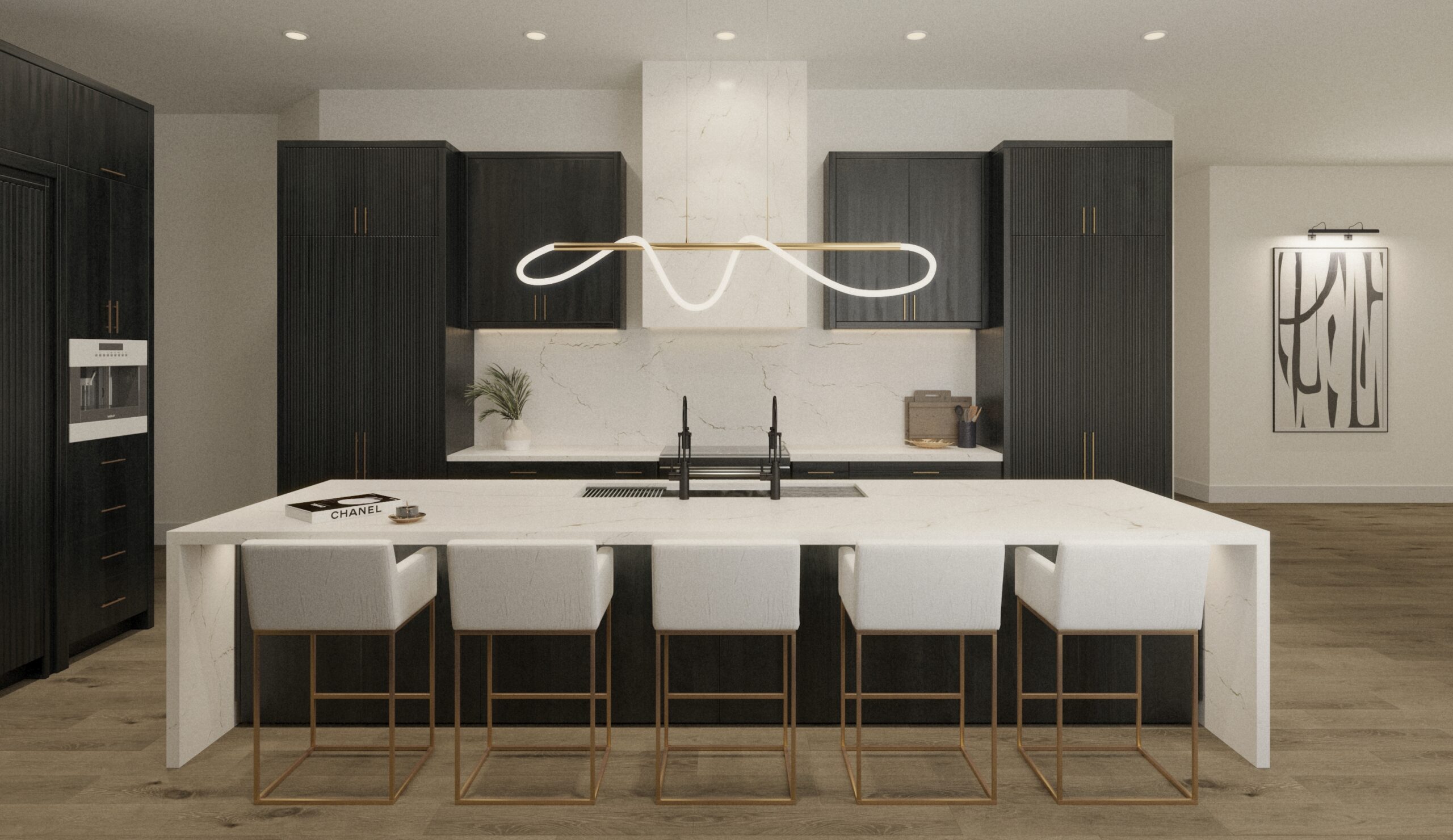How to Create Depth and Texture in Your Interior Design
Creating depth in interior design is an essential aspect of transforming a flat, uninspiring space into a captivating and inviting environment.
When it comes to designing the interior of your home, adding textures can create depth and interest.
Different textures can transform a boring room into a warm and inviting space.
Layerying
Layering is a fundamental element in creating depth and texture in your interior design. It involves combining different materials, colors, and patterns to create a rich and dynamic space.
Layering Textures: Adding Depth and Interest to Your Interiors highlights how layering can make your space feel more inviting and comfortable.
When layering textures, consider incorporating a mix of soft and hard surfaces, such as plush rugs, woven baskets, smooth leather, and rough-hewn wood.
By combining these elements, you can create a space that feels both cozy and sophisticated.
Here is some of our favorite materials and textures:
Boucle
Boucle is a soft and warm fabric made from looped yarns and makes a killer upholstery material. A well-crafted boucle sofa might be one of the most inviting things you can have in a cozy space. It's basically begging you to come and sit down.
Organic Materials
Organic materials like wood, jute, rattan, and bamboo can create a natural and earthy feel in your space. They are perfect for furniture, flooring, lighting, and wall coverings.
The warmth and texture of organic materials can add depth and character to any room.
Velvet
Velvet is a luxurious and plush fabric that adds elegance and sophistication to your space. It can be used for upholstery, drapery, throw pillows, and bedding. The smooth texture of velvet creates a beautiful contrast with other textured materials.
Linen
Linen is a breathable fabric that adds comfort and ease to your space. It can be used for bedding, window treatments, furniture upholstery, and wall coverings. Its subtle texture adds a sense of depth and dimension to your space.

